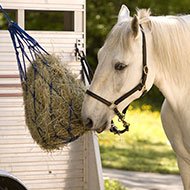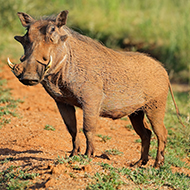Miniature schnauzers among those more likely to receive diagnosis.
The Royal Veterinary College (RVC) has shared new insights into the risk factors of a rare adrenal tumour in dogs.
Researchers analysed health records from dogs with a phaeochromacytoma diagnosis to assess breed disposition, and other risk factors, of the life-threatening condition.
Phaeochromocytoma, which occurs in both dogs and humans, is a rare tumour which develops in the adrenal medulla. It results in the over-production of hormones, including ephinephrine and norephinephrine, due to cardiac complications.
Among the clinical signs are hypertension, collapse, an increased heart rate, and an irregular heart rate. These can be intermittent and can be easily mistaken for hormonal, neurological and cardiovascular conditions.
Diagnostic biochemical tests for the tumour are relatively new to veterinary practices, and there are limited reports of the frequency of the condition.
To improve understanding, researchers analysed RVC VetCompass Programme’s health records for phaeochromocytoma diagnosis in dogs. This included annual prevalence and frequency, as well as the demographic risk factors for the tumour.
The findings revealed an annual incidence risk of 1 per 100,000 dogs – statistics 25 times higher than human phaeochromocytoma.
There were several dog breeds which had a predisposition to the adrenal tumour. This included the soft-coated wheaten terrier (30.9 times more likely), German pointer (11 times more likely), and the miniature schnauzer (4.7 times more likely).
Terrier breeds were identified as having an increased risk of phaeochromocytoma, as were breeds that are predisposed to endocrine tumours.
Other risk factors included being a neutered male and aged between nine and 15 years, with such dogs more likely to receive the diagnosis than entire males and those under the age of nine..
Floryne Buishand, senior lecturer in small animal soft tissue surgery at the RVC, said: “The findings of our study are important for both veterinary and human surgeons and scientists.
“For the first time, we demonstrated that the overall incidence of phaeochromocytoma in dogs is up to 25 times higher compared to the incidence of phaeochromocytoma in humans.
“This underpins the value of spontaneous canine phaeochromocytoma as a translational study model for human phaeochromocytoma because canine phaeochromocytoma samples are more readily available for molecular studies, unlike human phaeochromocytoma samples.”
The full study can be found in the journal PLoS One.
Image © Royal Veterinary College






 The BSAVA has opened submissions for the BSAVA Clinical Research Abstracts 2026.
The BSAVA has opened submissions for the BSAVA Clinical Research Abstracts 2026.
